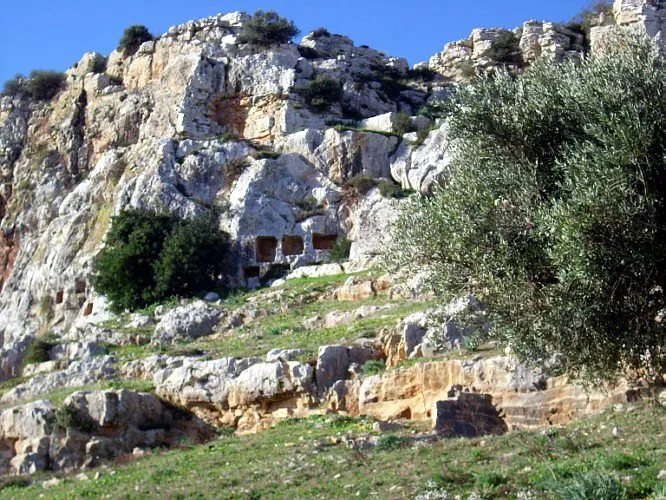Haouanets of Chaouach: Ancient Tombs in Tunisia’s Landscape
Chaouach, a village in Tunisia’s Béja Governorate, boasts a rich history. It sits between Béja and Tunis, overlooking the Medjerda River valley. In ancient times, Chaouach was an important site, hosting a Roman Catholic diocese and serving as a crossroads for various civilizations. Among its most intriguing historical aspects are the haouanets—ancient tombs likely built by Numidians, offering insights into the region’s past.
Get your dose of History via Email
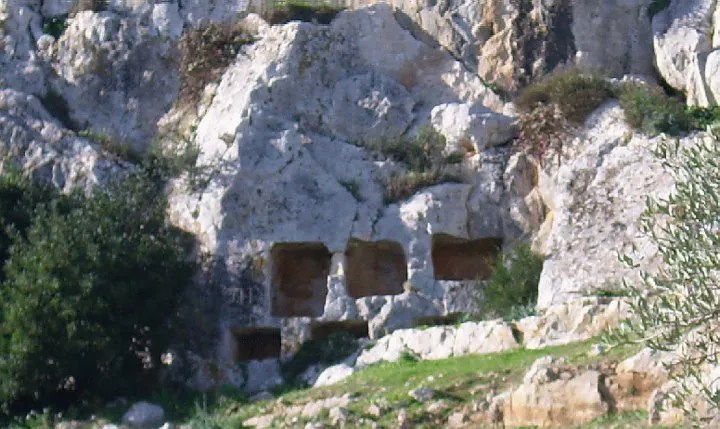
What Are Haouanets?
The term “haouanet” (plural: haouanets) has been used in North African archaeological literature since 1864. These are small, man-made caves carved into cliffs or rock faces, typically made of sandstone or limestone. They are usually rectangular or cubical in shape, with an entrance leading to a burial chamber.
There are two main types of haouanets: simple ones with a single chamber, and multiple haouanets with several interconnected chambers. The latter is less common in northern Tunisia but found in areas like El Harouri and Monastir.
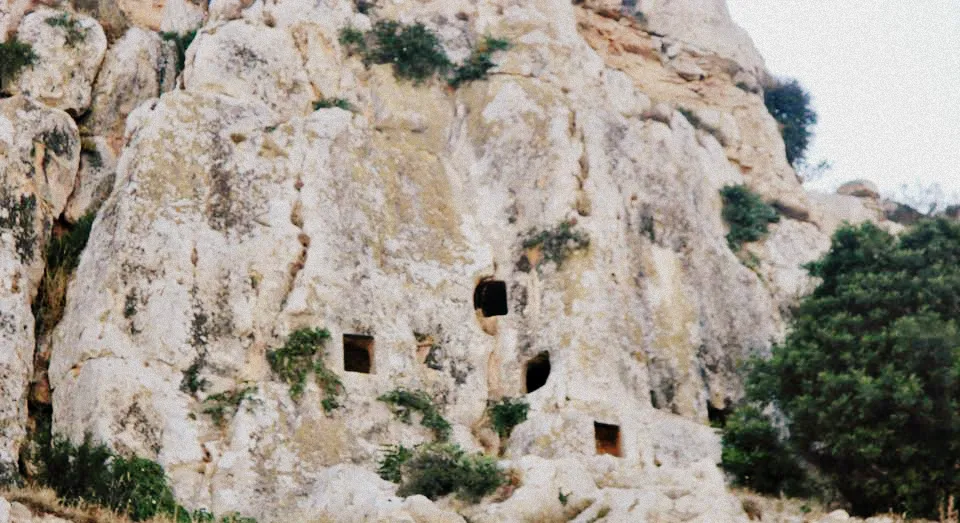
The Haouanets of Chaouach
The haouanets of Chaouach are particularly significant due to their historical value. These tombs were likely used from the 7th century BC through the Roman era and possibly later. They are part of a broader network of similar tombs found across northern Tunisia, especially in Joumine and Toukabeur.
Recent archaeological surveys in Joumine unearthed 12 haouanets. Most are simple with one chamber, but there’s also a complex one with four chambers, each with its own entrance. The chambers vary in size, with the largest measuring about 3 meters by 2 meters. Despite their age, many of these tombs are in good condition, though some show water damage or partial burial from natural events.
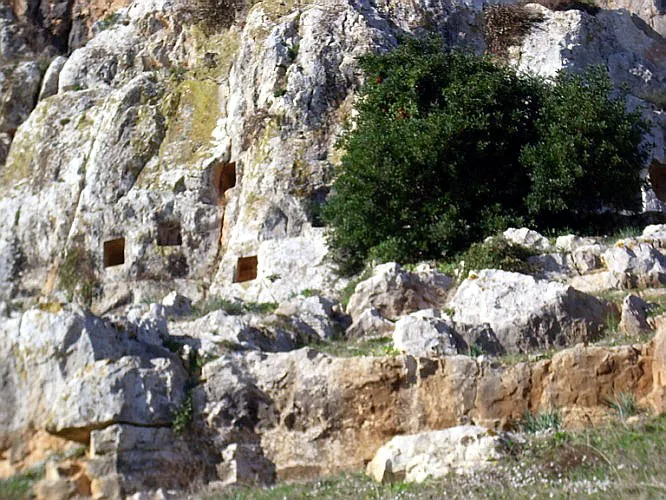
Historical Context and Usage
The haouanets are believed to have been used for burials. Their architectural features suggest influences from other Mediterranean cultures, particularly Sicily and Sardinia. The presence of these tombs in northern Tunisia aligns with similar structures found in these Italian islands, hinting at ancient connections between the regions.
The haouanets also reflect cultural exchanges between local populations and the Punic and Roman civilizations. Some haouanets have internal features like niches, sarcophagi, and steps, reminiscent of Punic architectural styles. These elements suggest that while the haouanets were primarily Numidian, they were influenced by or adapted to the needs of later civilizations.
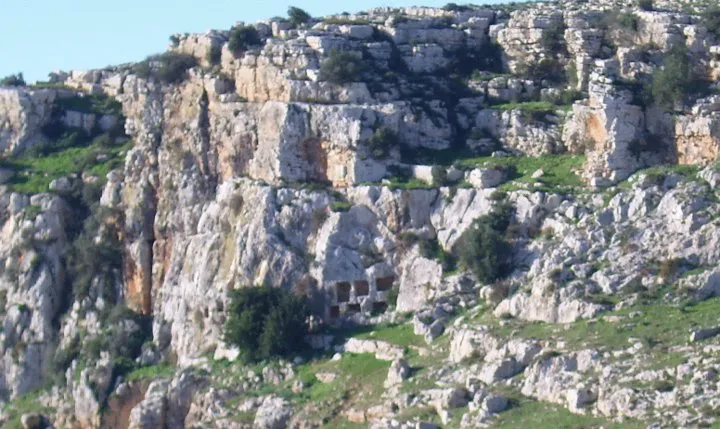
Chaouach in Modern History
Chaouach’s strategic importance wasn’t limited to ancient times. During World War II, the village played a crucial role in the Tunisian Campaign. In April 1943, British forces captured Chaouach, including the Lancashire Fusiliers and the Queen’s Own East Surrey Regiment. The town’s elevated position provided control over the surrounding Medjerda River valley, making it a key military objective.
General Sir Kenneth Anderson, who commanded the British First Army during the campaign, described the area as a “vast tract of land” with challenging terrain for both infantry and vehicles. The mountains surrounding Chaouach were so rugged that British troops relied on pack mules to transport supplies like wireless sets, tools, and mortars.
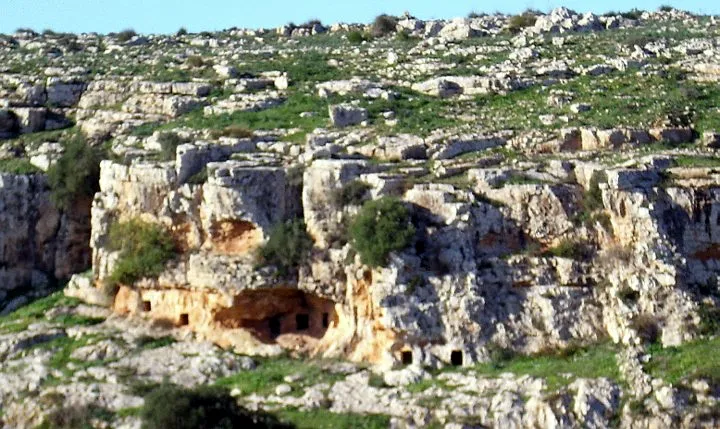
The Legacy of the Haouanets
Today, the haouanets of Chaouach and surrounding areas are valuable archaeological sites that shed light on the region’s ancient cultures. These tombs, with their varied architectural styles and features, help scholars understand the complex history of North Africa. Studying these structures offers a window into the interactions between different civilizations that once thrived in Tunisia.
The preservation and study of these haouanets not only honor those who built and used them but also contribute to our understanding of Tunisia’s rich and diverse heritage. As ongoing research uncovers more about these tombs, we gain a deeper appreciation for the historical tapestry of this fascinating region.
Sources:

